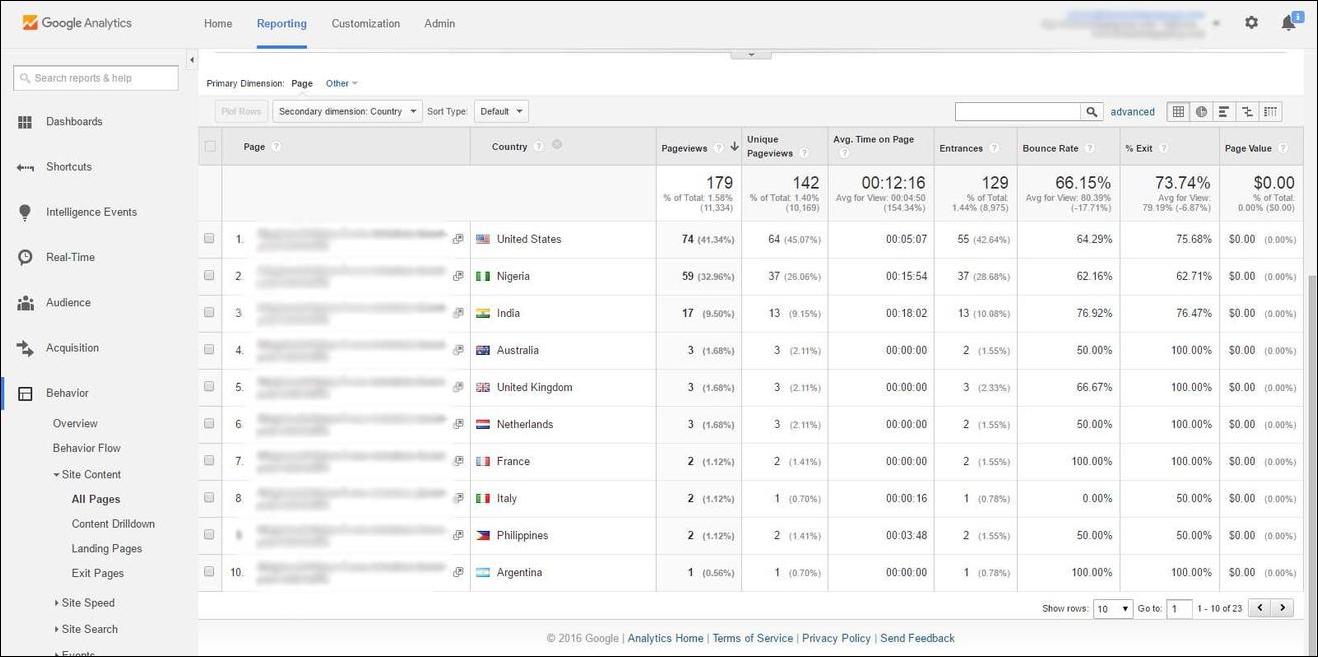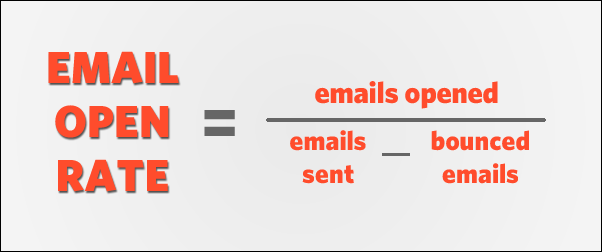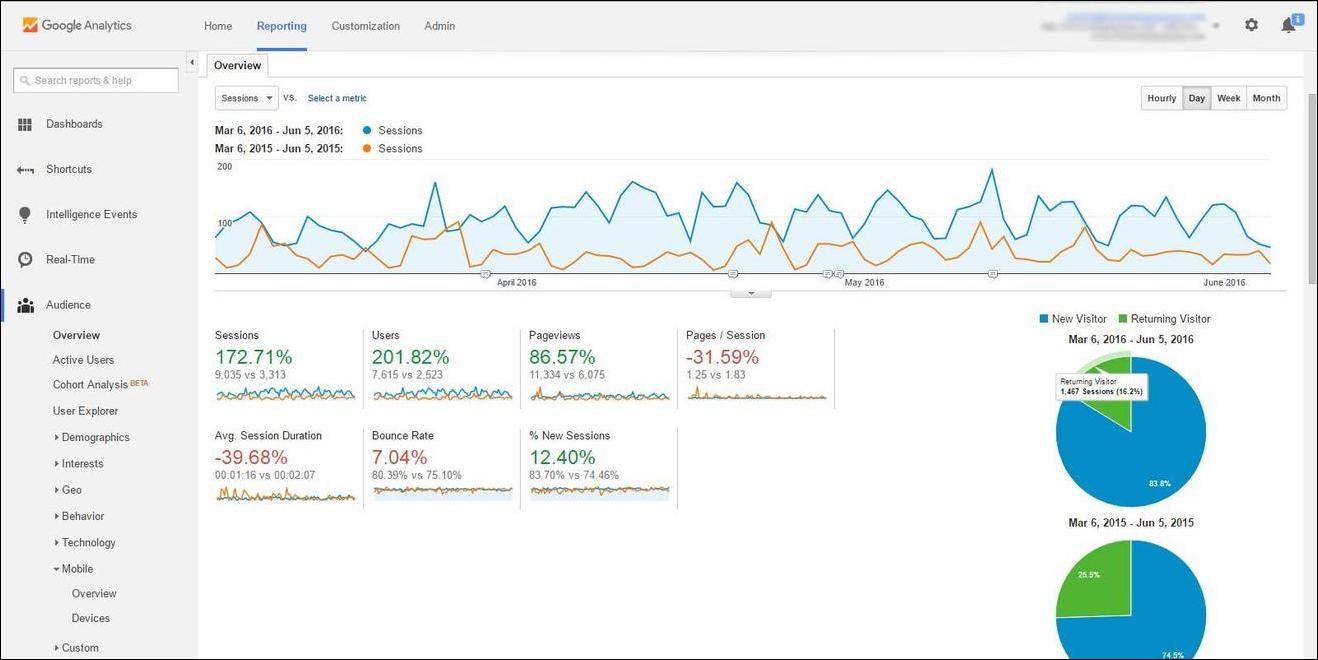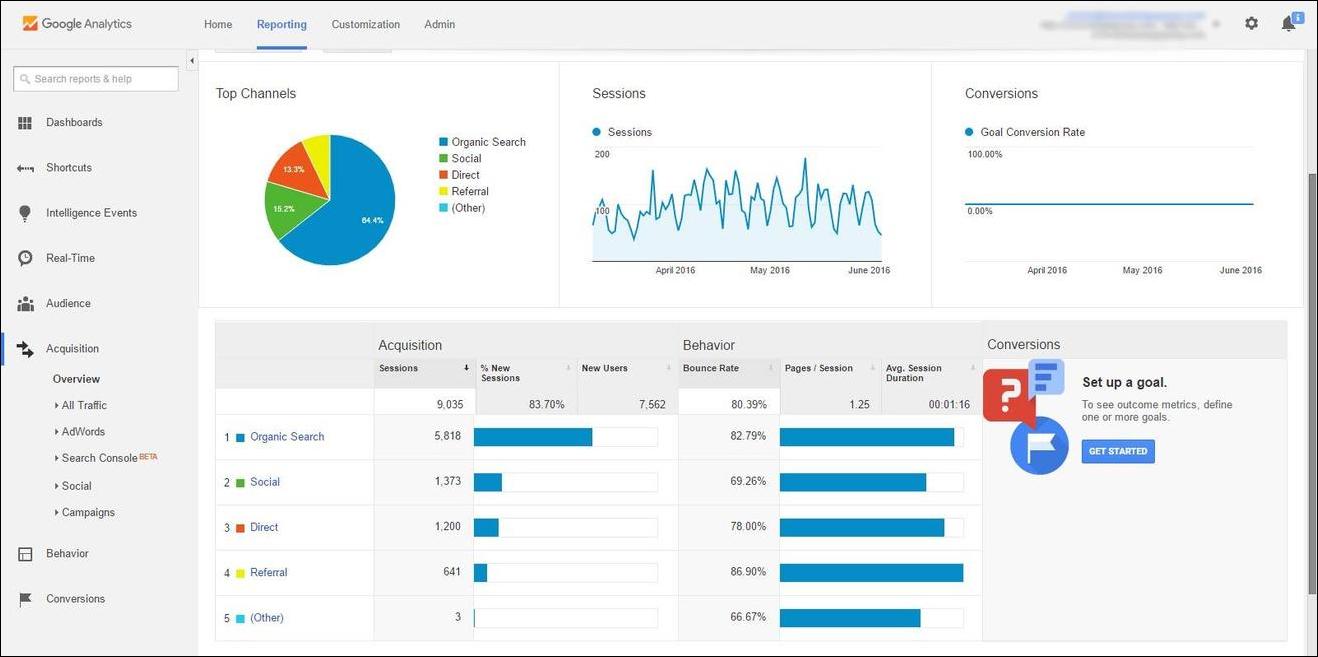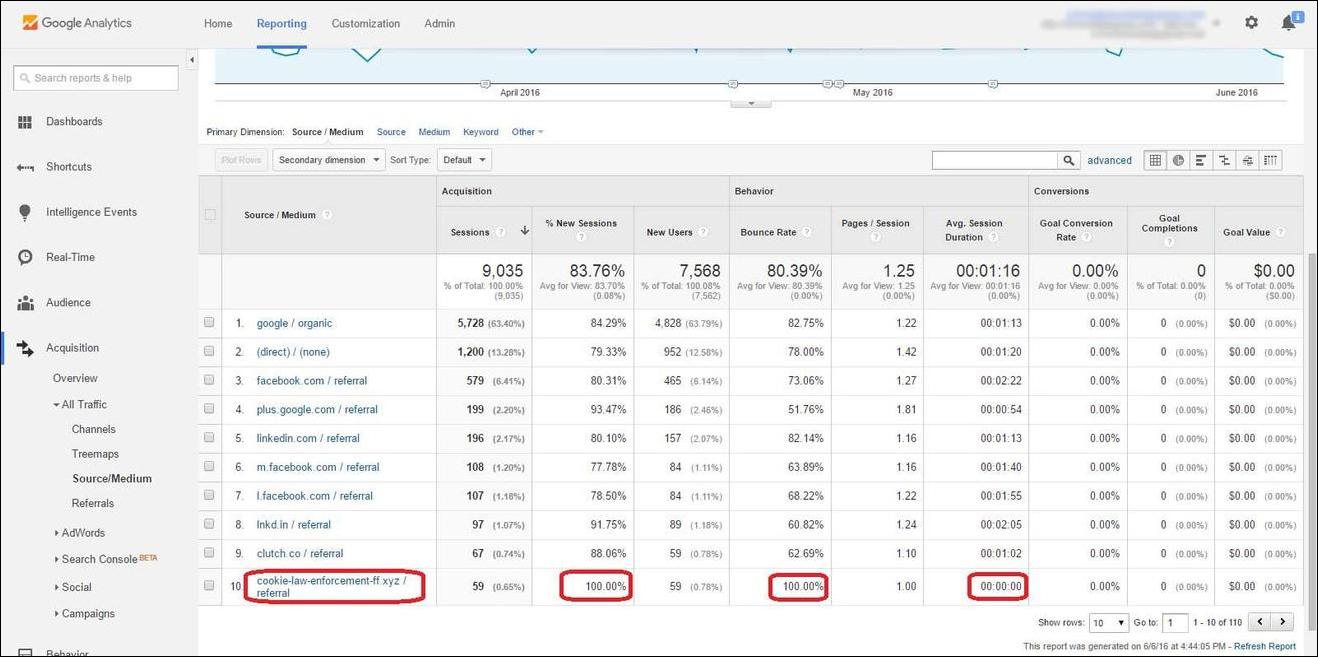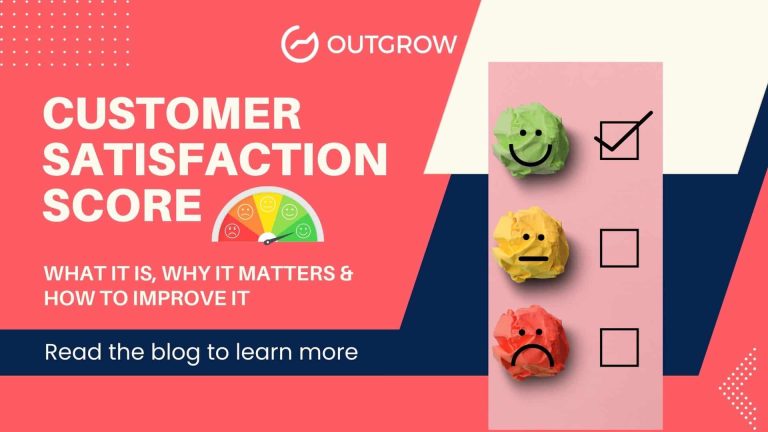8 Tips To Track Content Marketing Performance
Table of Contents
You have been using content as your tool to bring in leads. It must have benefited you or maybe not as much as expected. But what is the absolute way to know that? While there are various tools out there that help you track the performance and metrics for your content, here’s a list of 8 tips and tricks that you can use to optimize your content marketing performance strategy.
1. Page Performance Metrics
This is one of the most important content marketing performance metrics. It gives a direct understanding of what type of content is attracting the most attention. Here are some metrics you can track to evaluate page performance –
1) Pageviews
Shows the total number of times a particular page on your website was visited. The more page views a content has, the more it has been visited by your audience. This indicates what’s trending.
2) Average time on page
So just like you won’t spend time on things you dislike, your viewers would drop off ASAP if they do not like your content. As simple as this rule is, simpler is to find this out. Keep reading!
3) Bounce rate
This is expressed as a percentage of people who leave your website without visiting any other webpages. It is an important metric to consider as it indicates that these visitors didn’t find anything useful or interesting on your site. Was it because of wrong targeting or because you didn’t have enough hooks (read internal links and lead magnets) to keep them engaged?
Here’s what you should do to get absolute numbers on these metrics using Google Analytics.
Go to Google Analytics -> Behavior -> Site Content -> All pages
This gives a detailed view of the various metrics discussed above. If they are as desired, then you are right on the track. If not, now you know which content format is not working for you and what changes you possibly need to make.
2. Engagement Metrics
This content marketing performance metric shows the popularity and demand for your content.
1) Retention Rate
It is the percentage of users returning to your web page or app during a given period of time. You can use industry metrics to benchmark in this case to evaluate your performance. For instance, according to a recent study, it is okay to lose 80% of your mobile users. So in case you’re retaining a minimum of 20% of people accessing your site/app through mobile, you’re good.
2) Screen Flow
It lets you see how users exactly interact with your site/app. This can be useful in ascertaining the placement of your most important content pieces, CTAs, and lead magnets.
3) Social Media Metrics
The number of likes, comments, shares, subscriptions, mentions shows the popularity and demand for your content. You can do this manually through insight pages on different platforms if you’re just getting started. However, in the longer run, it is a good idea to automate the process. For instance, you can use SEMrush (SEMrush Social Media Tracker – Projects > Set up a project > Overview > Engagement. You can see the total engagement of your content on social media) to track your engagement metrics.
Additional Resource: Think you know Facebook Marketing well? Test your knowledge
Here’s what to keep in mind while tracking the engagement metrics of your content:
- See the growth trends. Let us say you are getting new subscriptions every month. While that is not bad, it’s even better to have an increasing growth rate. So, if this month I have added 100 new subscribers, I should add 150 next month, then 250, then 500, and so on.
- The second important thing to consider here is to compare your growth rate with that of your competitors. If they are growing faster than you, then you might as well get capped out, eventually.
- Lastly, you don’t just want followers. You want loyal followers. They should be excited about your content, they should promote you. So, if you see a growth rate at an increasing pace then you have faithful followers and your content is qualitative.
3. Click Metrics
How often users click to get to your site indicates that people find your content relevant to them.
1) Click Through Rate (CTR)
It is commonly used to measure the success of an online ad campaign for a particular website as well as the effectiveness of email campaigns. CTR is calculated as shown below:
Pro Tip: Here’s a bonus hack to increase your CTR while not spending much- Assume that your competitors are paying $2 a click on Google Adwords and you are paying 1$ per click. Now, if Google shows your competitors’ ad 10 times, resulting in one click and also shows your ad 10 times resulting in 5 clicks; Google will start showing your ad more often at the same rate.
2) Open Rates for Email Campaigns
How many people cared to open and read your email shows whether your content is valuable and if your subject line is click-worthy.
A thing to remember:
Every time you send out an email campaign, whether you are using MailChimp, SugarCRM, or some other tool, they place a piece of code in the email that gets triggered when the email is opened by the intended recipient. The code that is embedded in the emails is not necessarily registered as desired. For this reason, email open rates are never 100% accurate.
4. User Metrics
1) New and Returning Users
New visitors show if your content is targeted right and is exciting. Returning visitors means your visitors think your site is a valuable resource containing useful information. It is better to have a healthy mix of both: that means, your content can attract new users and retain the old ones. Calculate this as a ratio of new to returning users.
2) Unique Visitors
Similar to page views, this helps you ascertain the scope of your audience. This metric showcases the number of distinct individuals who’ve visited pages from the website during a given period, regardless of how often they visit. Each visitor to the site is only counted once during the reporting period, so if the same IP address accesses the site many times, it still only counts as one visitor. Unique visitors are important because they are representative of your growth.
Pro Tip: Try this hack by Neil Patel to increase your no. of unique visitors – Keep your URL relevant. Google looks at the URL structures in a hierarchy. If your URL looks something like- xyz.com/date/month/blogtitle, Google will think that it is something related to the present date since the date is ahead of the blog title. As a result, your blog post will not be relevant, say a year from now. To avoid this, try structuring your URL something like this- xyz.com/blog/title.
Here’s where you can track the above-mentioned user metrics in Google Analytics :
Go to Google Analytics -> Audience -> Overview
The audience tab lets you scroll through a lot of data about your audience such as demographics and interests.
3) Quality leads
It is always better to have 10 quality leads than to have 100 junk ones because ultimately only the quality leads shall get you business and make you money.
The simplest way to qualify your leads is by asking them questions and aligning their goals with yours. It is always good to understand certain things about the prospects like-
- Who is the purchase decision-maker? In a B2B case, it could be a senior of the prospect; in a B2C setting, the spouse or siblings could be the decision-makers.
- What are their likes and dislikes? Their needs and preferences are very important to know. Only then can you make your selling process the most efficient.
- What solution will suit them and whether they actually need your product/service or not.
- Timing of purchase – It is possible that even if the prospect is interested in your product, he/she might not be able to buy it at present. They might have budget issues or they might want to discuss it internally with other stakeholders. Whatever may be the issue, it is essential to take this fact into consideration.
So, in case your content is not getting you enough leads, you need to consider the above pointers and fix how you capture leads.
5. Traffic Sources
Channels- The channels through which you get most of your traffic matter a lot. Is your target audience mostly coming from paid ads or direct searches? Or from referrals? Is it a result of some specific campaigns that you have been running?
Similarly, it is important to see in which time zones your content performs the best. You can then promote your content at the time when your target audience is most likely to see and read it.
So, while tracking content marketing performance, it is a good idea to compare the performance of posts shared on different channels at different times and see which the best-performing post is.
Here’s what to do to find these metrics:
Google Analytics -> Acquisition -> All Traffic – > Channels
6. SEO
This is search engines’ one of the most favorite content marketing performance metrics. Good SEO metrics are a testament to the search engines that your content is valuable.
1) Organic traffic
Shows the number of people who found your website through a search engine.
Here’s how to track it:-
Google Analytics – Acquisition > All Traffic > Channels > Check the Organic Search group.
By clicking on it, you will get information on keywords that people have used to find your website.
2) Backlinks
Pay special attention to the quantity and quality of backlinking, the number of unique domains. Backlinking is extremely important for SEO purposes since it tells Google that your site is credible, both when some other site links to your webpage and when you link to some other webpage. Higher the credibility, the higher Google wants to rank you.
7. Return on Investment (ROI)
How much did it cost me to create the content and how much am I benefitting from it? Is it satisfactory or not?
With the help of Google analytics, you can find out how much each lead or each sale is worth to you. So, every time you generate revenue from your content marketing, simply match it up with the money that you spent. You know the rest.
Google Analytics allows you to dig deeper into some metrics and quantify them. It is possible to dig into the demographics of your visitors and plan the future course of action accordingly.
You shouldn’t just be setting goals – you should also be assigning them a monetary value. Ever notice the “Page Value” metric in your traffic scorecard? This is where you’ll see the financial value of a page in relation to its goal value and the position it occupies in your conversion paths.
Examine your top conversion paths.
- A very important thing to keep in mind here is to wait a fair amount of time before expecting a positive ROI. 7-12 months is a decent amount of time to wait.
- Use SEMrush to know how much traffic you are generating and what is its worth.
8. Republications
When your content is valued by other bloggers too, they mention you and/or use your content.
When you find a republication of your content, make sure the author included the link to the original post. It will help you to attract a more targeted audience to your website.
Here’s what to do:-
You can ask the author to include a UTM link. A UTM link is attached to a custom URL that helps track the source. This enables Google Analytics to tell you where searchers came from as well as what campaign directed them to you.
In this case, you can track referral traffic to your website via Google Analytics -> Acquisition -> Campaigns -> All campaigns.
To Sum Up
Content bricks up online marketing. Content marketing performance evaluation is the fortification process. You find out the perfect mix of the metrics relevant to your business. Align these with your short term and long term goals and see the occultism.
In the ever-changing game of digital marketing, it is always good to be a step ahead of others. Which trends do you think will shape the future of content marketing in 2018? Tell us your opinion & we’ll tell you what fellow marketers think! Take the poll:



